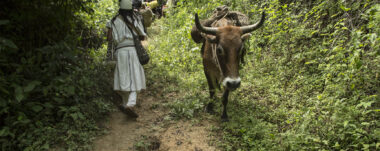Climate Change and its Impact on Antarctic Green Coverage
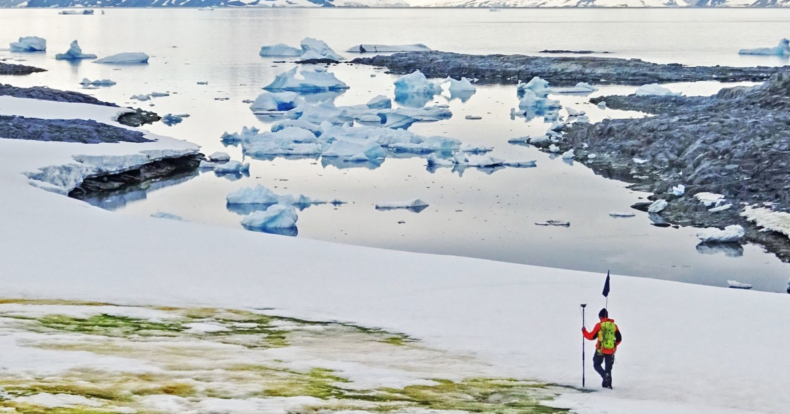
Climate change is a global phenomenon that is transforming the planet at an alarming rate, with obvious effects on ecosystems, climate and species around the world. One of the most dramatic examples of these changes is the appearance of “green cover” in Antarctica, a place that was once almost completely covered by ice.
Current State of Climate Change
The increase in global temperature is one of the clearest indicators of climate change. Since pre-industrial times, the planet’s average temperature has risen by approximately 1.1 °C, and this increase is expected to continue due to the burning of fossil fuels, deforestation and other human activities that emit greenhouse gases. These gases trap heat in the atmosphere, exacerbating extreme weather events and altering ecosystems on a large scale.
Some of the most visible impacts of climate change include melting glaciers, rising sea levels, extreme weather events such as droughts and floods, and loss of biodiversity. These alterations are driving many species to the brink of extinction, and are transforming natural habitats around the world.
Antarctic Green Coverage
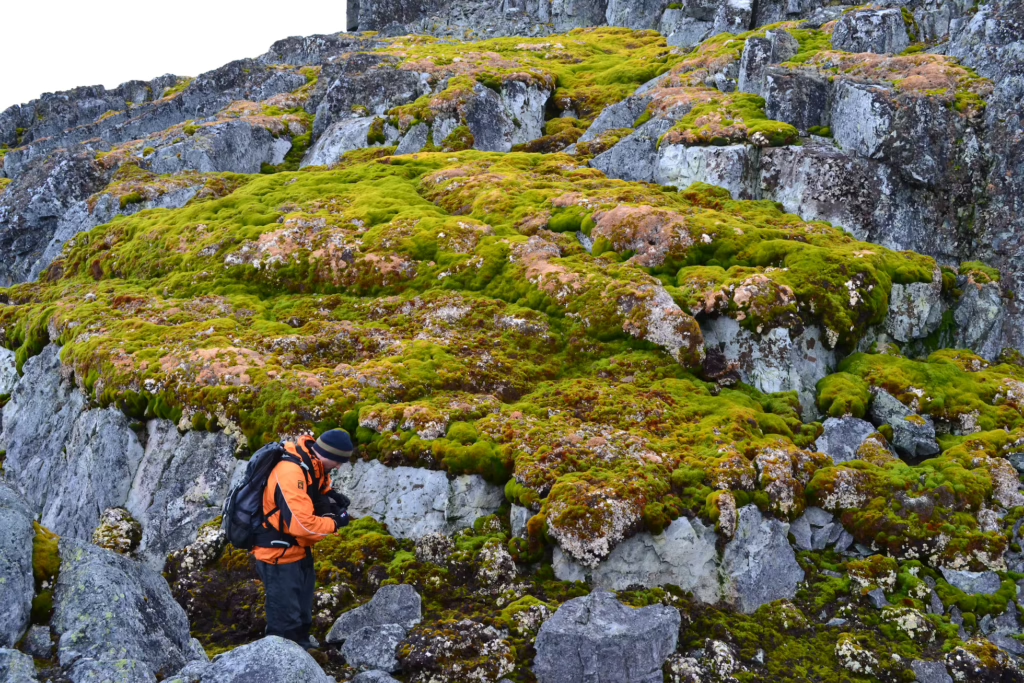
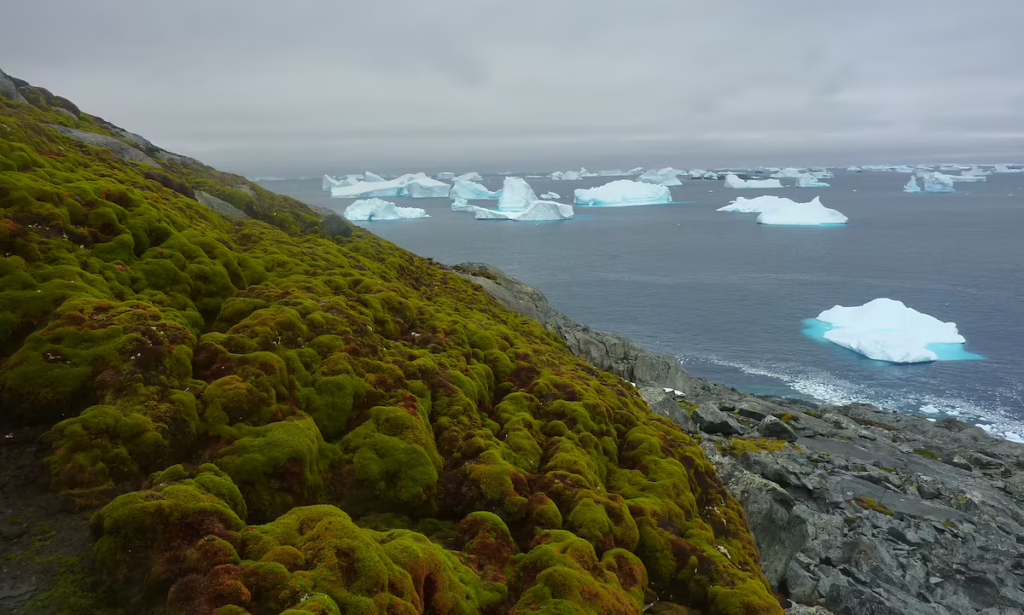
In recent decades, global warming has allowed something unusual to appear in Antarctica: the growth of mosses and algae in areas previously covered by ice. This phenomenon, known as “green cover,” is a direct result of rising temperatures and melting ice in the region.
As temperatures rise and ice retreats, new areas of exposed land offer warmer and wetter conditions that are conducive to vegetation. Although these changes may seem small compared to other effects of climate change, they have significant implications. Growing vegetation alters carbon cycles, as plants sequester carbon dioxide, and can impact global climate by changing local ecological patterns.
Impact on Biodiversity
Growing plants in Antarctica are also affecting the biodiversity of the region. Although there are only two native plant species, Deschampsia antarctica and Colobanthus quitensis, both have shown accelerated growth in recent decades. This growth could alter the ecological balance of the area and have consequences not only for these plants, but also for species that depend on certain habitats, such as penguins and seals.
Antarctic Species at Risk
- Adelaide penguin: This species has seen a decline of up to 80% in some areas due to reduced sea ice, which limits its ability to find food.
- Antarctic Krill: This crustacean is a key element in the Antarctic food chain. The reduction of sea ice has negatively affected its population, which in turn affects whales, penguins and seals that depend on krill as a food source.
- Whales: Whales, such as blue whales, are at risk due to the decline of krill, which compromises their feeding and survival.
Changes in the Antarctic Ecosystem
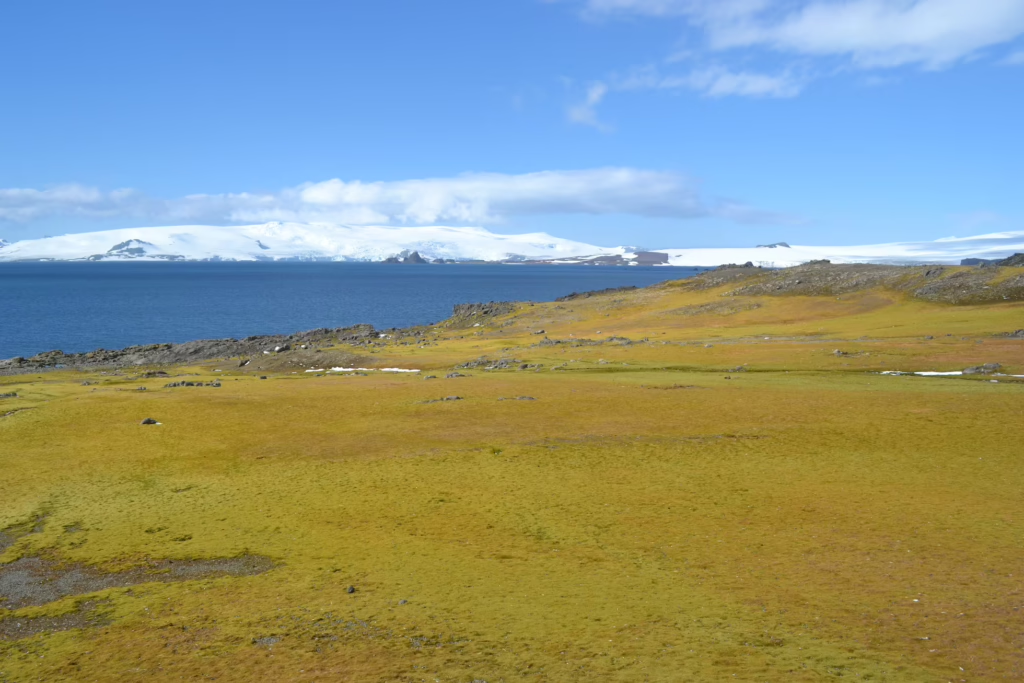
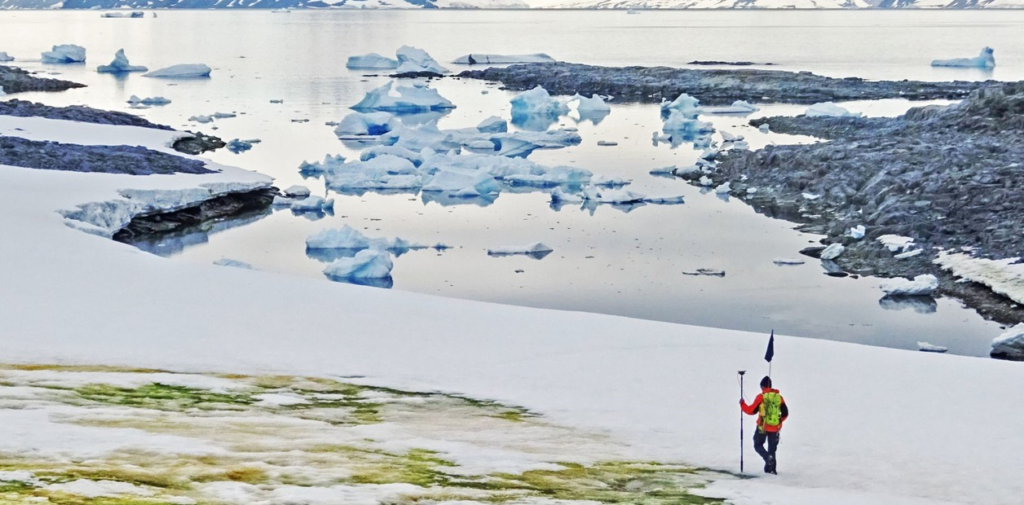
Accelerated plant growth in Antarctica also has the potential to alter soil dynamics and facilitate the arrival of invasive species. This could have a devastating impact on native species, which are adapted to specific habitat conditions. Besides, the increase in vegetation may intensify competition for resources, affecting local fauna.
Scientists warn that this phenomenon could mark an ecological tipping point for the region. If these changes continue to spread to other parts of Antarctica, we could be seeing rapid and lasting transformations in its landscape and biodiversity.
Long-term consequences
Climate change has turned Antarctica into a natural laboratory for studying how fragile ecosystems respond to global warming. The expansion of vegetation in the region is a clear indicator of these changes, but it is also a warning of the profound implications they could have for the rest of the planet. As global warming continues, we are likely to see further transformations in this unique landscape and in other equally vulnerable places.
Continued monitoring and research are essential to mitigate the effects of climate change and to protect the biodiversity and ecosystems of Antarctica and the world at large.
Sensorial Sunsets
Navigate articles




